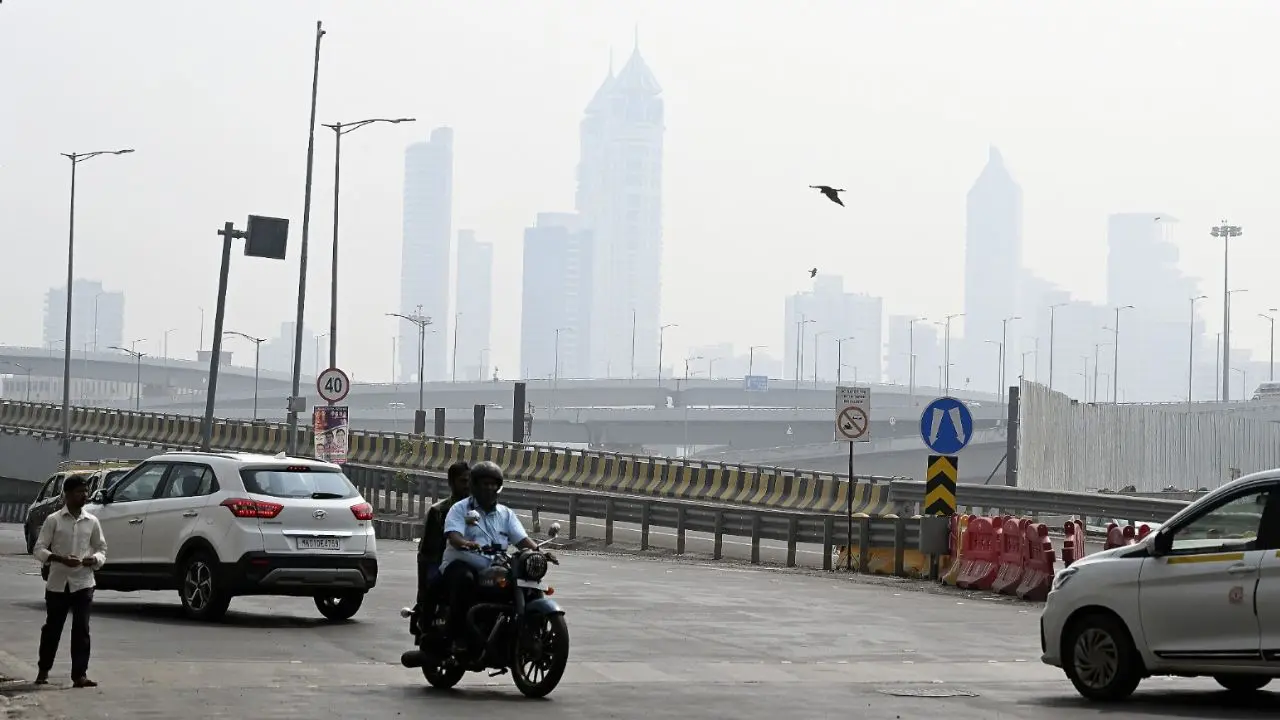A dense smog layer covered Mumbai’s Bandra area on Wednesday morning, with the Air Quality Index (AQI) hitting 354, falling into the ‘very poor’ category, as per data from the Central Pollution Control Board (CPCB).
Meanwhile, in Delhi, the Commission for Air Quality Management (CAQM) has activated Stage 2 of the Graded Response Action Plan (GRAP), effective from Sunday, in response to rising pollution levels. The national capital’s AQI has hovered in the ‘poor’ category (201–300) for several days, peaking at 296 as of 4 PM Sunday, amid ongoing Diwali festivities.
As per the news agency ANI, the CAQM order states that Stage I and II measures of GRAP must be strictly implemented and monitored across the National Capital Region (NCR). All agencies have been instructed to remain vigilant and ramp up control efforts to prevent further deterioration of air quality. Citizens have also been urged to follow the guidelines laid out in the GRAP’s citizen charter.
The commission has particularly emphasised dust control measures, directing regular water sprinkling (with dust suppressants every alternate day during non-peak hours), especially on heavy traffic roads, pollution hotspots, and vulnerable zones. It also asked for the proper disposal of collected dust at authorised sites or landfills.
According to ANI, additional advisories include increasing parking fees to discourage private vehicle use, coordinating traffic flows, deploying traffic personnel at busy intersections, and issuing public alerts via newspapers, television, and radio. People are also advised to follow specific do’s and don’ts to minimise their contribution to air pollution.
According to the Central Pollution Control Board (CPCB), air quality is classified into six categories based on the Air Quality Index (AQI). An AQI between 0 and 50 is considered ‘Good’, indicating minimal impact on public health. A range of 51 to 100 is ‘Satisfactory’, meaning air quality is acceptable, though there may be minor concerns for sensitive individuals. 101 to 200 falls under the ‘Moderate’ category, where air quality may cause discomfort to people with existing health conditions.
AQI between 201 and 300 is labelled ‘Poor’, which can affect people with heart or respiratory issues. When the AQI ranges from 301 to 400, it is deemed ‘Very Poor’, posing a significant risk of respiratory illness. Finally, any reading between 401 and 500 is classified as ‘Severe’, indicating a serious health risk to the entire population.
(With ANI inputs)











